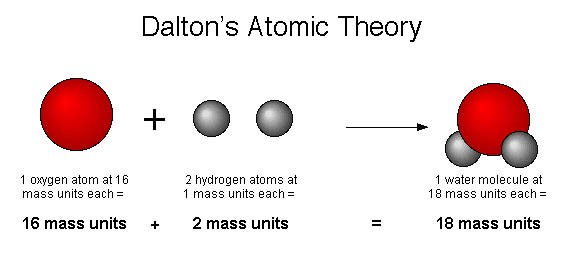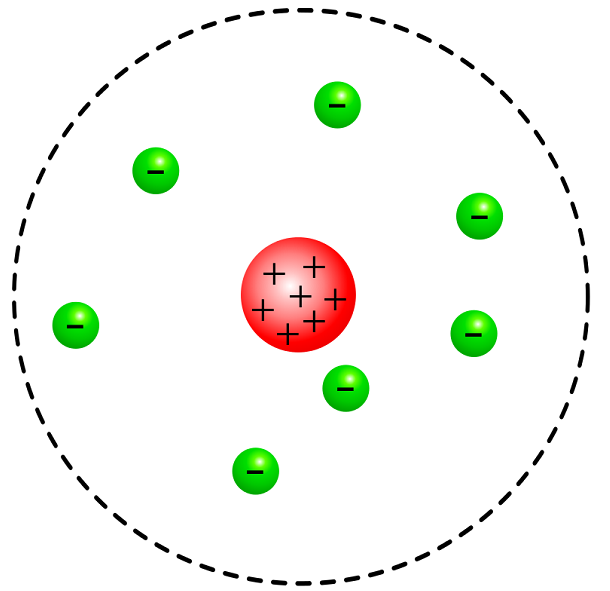Question #021c6
1 Answer
Scale and detail!
Explanation:
Starting with the simplest, the Dalton atomic model is the proposal that all 'things' and substances are made of basic building blocks called atoms. These atoms are indivisible and indestructible. When two or more different types of atoms join (or 'bond'), a new substance is formed.

Rutherford's atomic model describes at atom as being made of a nucleus (a small, dense area of positive charge containing all the atoms mass) in the centre of an atom surrounded by negatively charged particles called electrons. The key to this model at the time was the idea that an atom is made up of largely empty space.

The Bohr model of an atom is very similar to Rutherford's but Bohr proposed that electrons don't simply move around a nucleus (positively charged proton particles and neutral neutron particles) in a 'free' way, but must exist in specific orbitals. These orbitals are known as 'shells' and help explain why negatively charged electrons don't simply move straight to the centre of a positively charged nucleus through electrostatic attraction.


